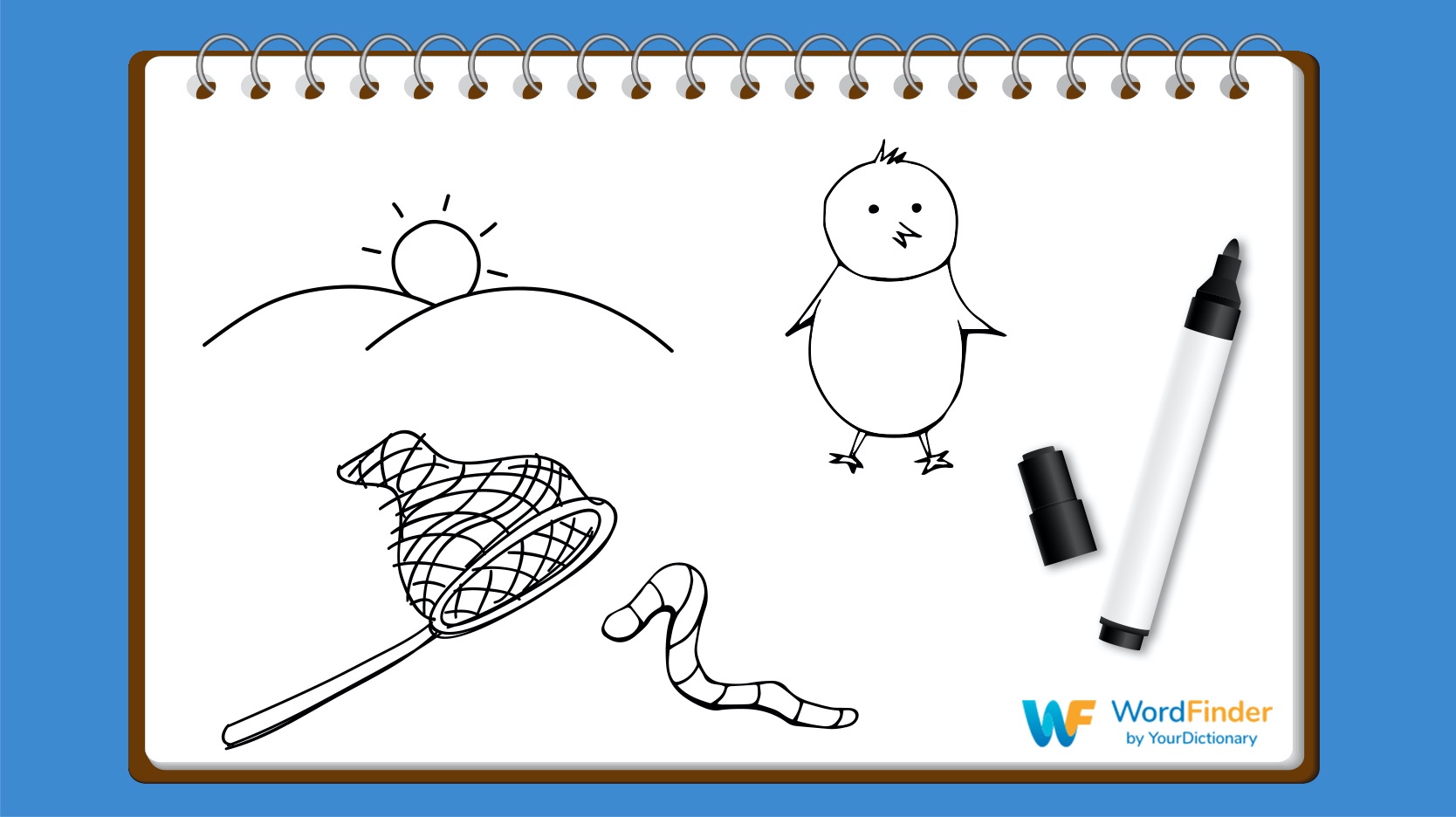A Little Win, Lose or Draw TV History
Win, Lose or Draw was a daytime TV game show that tested a contestant’s ability both to create clues and find the words they're meant to depict. As the show’s name implies, players needed to draw clues to help their teammates guess a secret topic. In many ways, the show was reminiscent of Pictionary.
The original version of Win, Lose or Draw ran on NBC and local syndication. Between the two versions, the show was on the air from September 7, 1987 to September 26, 1992. The NBC show was hosted by Vicki Lawrence. Bert Convoy hosted the syndicated version.
The main version on NBC aired on weekdays at 11:30 a.m., EST. It competed with The Price Is Right, which dominated that time slot. This tough competition was one of the major factors why Win, Lose or Draw had a relatively short run compared to other game shows.
Spelling Out the Rules
The rules for Win, Lose or Draw were simple. Contestants were split into two teams: men vs. women. Each team consisted of one regular contestant and two celebrity contestants. This played into the same kind of celebrity appeal as the Password TV show. Teams played three rounds each. So, every player got one chance to draw the clues.
When a round started, the host would show the secret topic to the drawing contestant. This secret topic could be about nearly any phrase, thing or title.
Once they knew what it was, the drawer had 60 seconds to illustrate a clue or clues that described the answer. They could not use letters, numbers or any other symbols in their clues.
The drawer’s teammates then had to guess what the player was trying to draw. If they guessed the answer correctly, their team won a $200 prize.
If the guessing team could not come up with the correct answer before time ran out, the opposing team had one chance to guess the answer. If they answered it correctly, they would win the $200 instead.
The Speed Round
The Speed Round was the final round of the game. After each team played all three of their normal rounds, both of them would take turns completing this final challenge. The Speed Round consisted of only one round for each team.
The teams had 90 seconds to draw and guess several topics, one at a time. These secret phrases were simpler than the ones used for the regular rounds. So, they were easier to draw quickly. The teams earned $100 for each correct answer. (This amount was reduced to $50 near the end of the show’s run.)
At the end of each team’s turn, their scores for the Speed Round were added to their scores from the previous rounds. The team with the highest dollar amount won the game. The non-celebrity contestant from the winning team kept the prize money, plus a $1,000 bonus.
Drawing a Newer Audience
Two other versions of the show were released after the initial two. Both aired on the Disney Channel and were marketed to kids and teenagers. This is why the contestants were also kids.
Teen Win, Lose or Draw
Teen Win, Lose or Draw aired from April 29, 1989 to April 28, 1990 for its first run. It returned on September 10, 1990, running until September 26, 1992. This version played similarly to the original game show, but there were some distinct differences between the rounds.
The Clue Round: During this first round, each team got a turn to draw as many words as possible within a 60-second time limit. Every word was related to a puzzle about a person, place or thing. Once the time ran out, the team tried to solve the puzzle. If they could not figure out the puzzle, the opposing team had a chance to solve it.
The Phrase Round: In this second round, teams drew clues for phrases rather than things. It operated in the same way as the normal rounds from the original show.
The Speed Round: This final round was identical to the Speed Round from the original version of the show. The main difference was that the team with fewer points went first. In the original show, the team with more points began the round.
Disney's Win, Lose or Draw
This version of the show first aired on the Disney Channel in 2014. It had a preview on January 17, and officially premiered on March 3. The show’s 40-episode run ended on May 21, 2014.
Disney’s Win, Lose or Draw was noticeably different from the other versions. It featured four unique rounds that put an emphasis on gimmicky gameplay. Take the Draw-Obstacle Course, for example. This round challenged players to give clues while enduring weird obstacles, like drawing on a rotating board or drawing while sitting on a vibrating seat.
Remembering Classic Television
Win, Lose or Draw is one of many creative and experimental game shows that were commonplace during the 1980s and 1990s. Many shows have come and gone, but they still have kept a certain charm about them that people still love. Continue your journey down memory lane with Classic Concentration. Learn all about the Alex Trebek-hosted game show that was popular for a time and is now fondly remembered.
Note: If you're wondering about the doodle at the top, the answer is, "The early bird gets the worm."
Zac Pricener has been a content creator for the past eight years. He’s a bit of an all-around nerd, and he has a bad habit of working movie and TV show references into conversations whenever possible.
